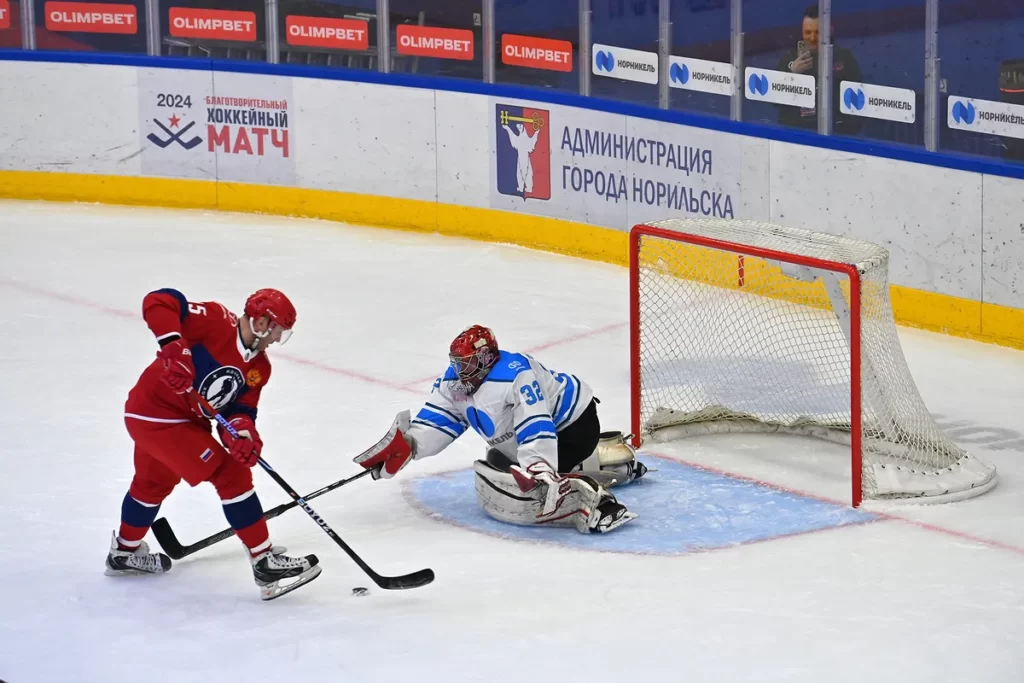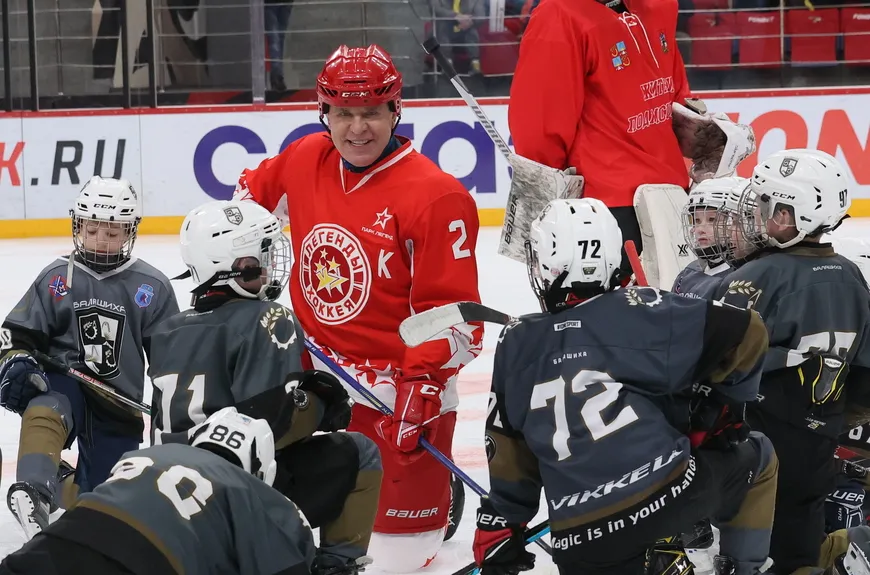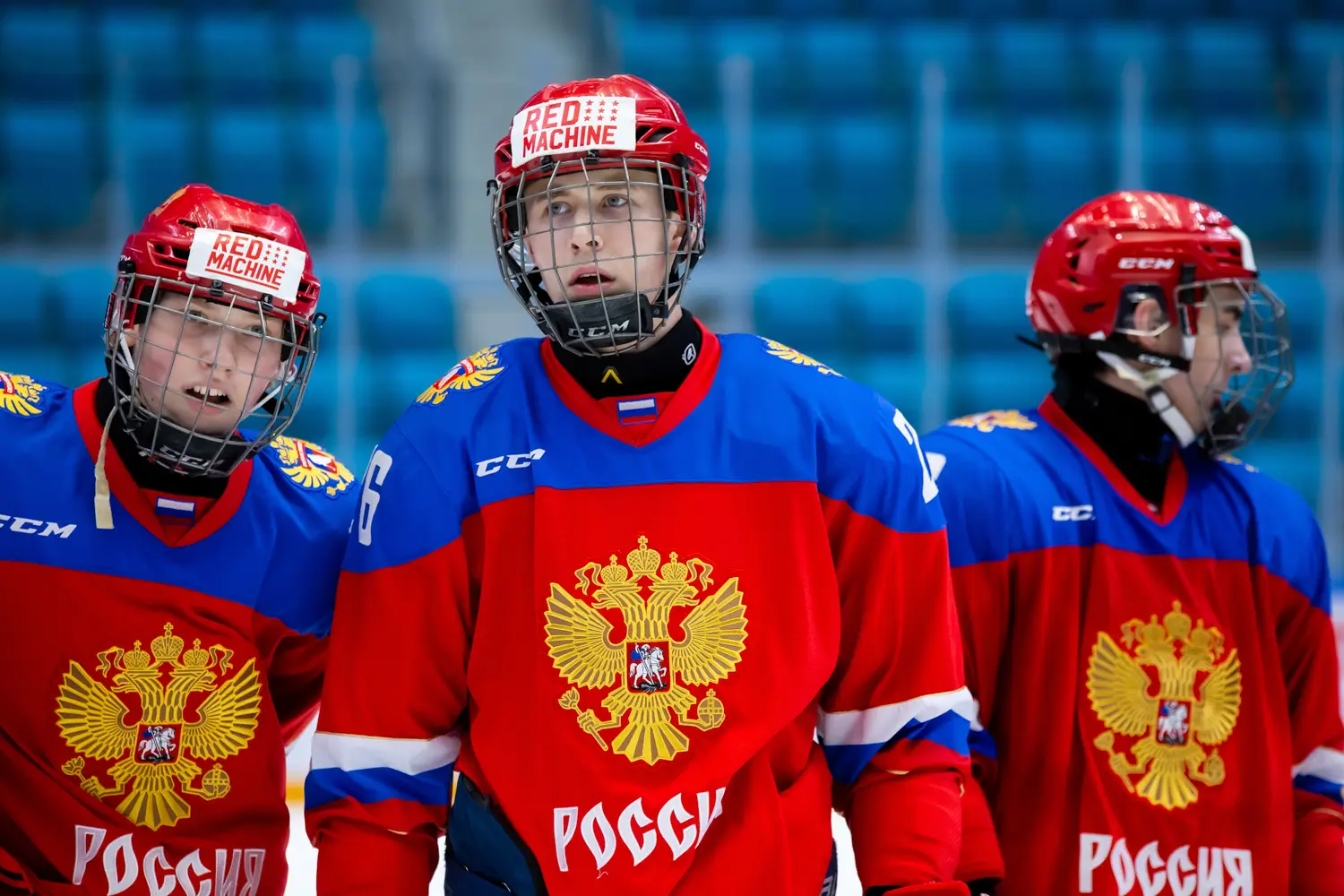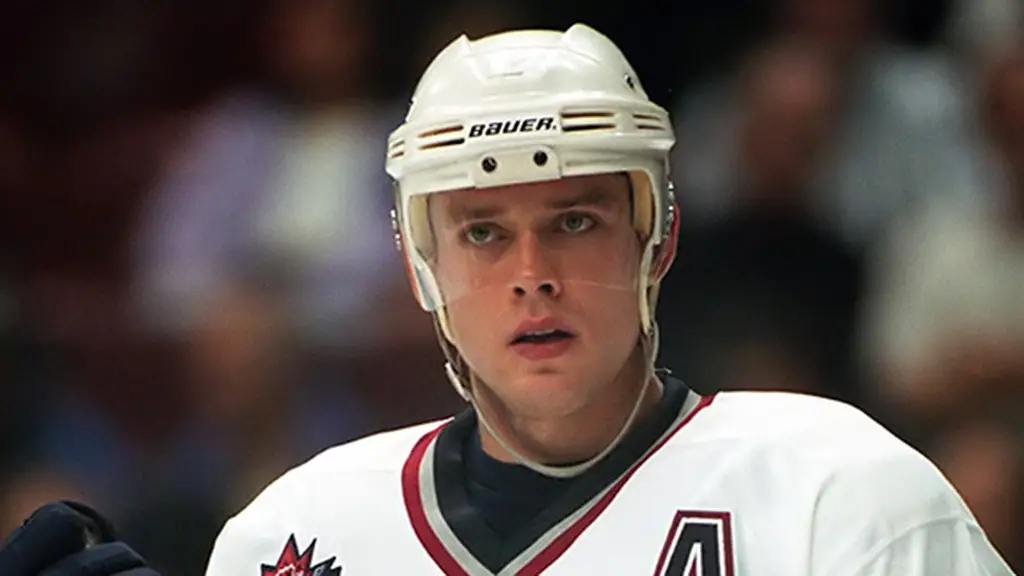Hockey is more than a game, it is a story on the ice, where legends did not just pave their way to victories, but wrote a chronicle that lives on to this day. Championships, duels, undefeated teams and moments that take your breath away. From the USSR to the NHL, players wrote the history of the sport, and hockey legends continue to inspire new generations to great achievements.
Great hockey players that the whole world is talking about
Soviet hockey is the era of true legends, such as Vladislav Tretiak and Valeri Kharlamov, who made the USSR a formidable power. Athletes inspired and instilled faith in millions of people, proving that perseverance and teamwork can work wonders.

Vladislav Tretiak: the impenetrable wall of Soviet hockey
Vladislav Tretiak became a symbol of the titanium wall on the goal, his reactions and technique amazed and aroused admiration all over the world. This legendary goalie played a vital role in the victories of the USSR national team at the World Championships and the Olympic Games. He became a three-time Olympic champion and a ten-time world champion, which makes him one of the most titled goalies in history. Tretiak had not only excellent physical training, but also psychological stability, which allowed him to cope with pressure in the most crucial moments of matches. His technique, constant work on himself and incredible dedication made him an idol of millions and an inspiration for future generations of goalies.
Valeri Kharlamov: the art of speed and skill
Valeri Kharlamov, with his incredible speed and skills, demonstrated incredible technique on the ice. His game was distinguished by unique ease, grace and at the same time high efficiency. Kharlamov became a real star due to his ability to break through the opponent’s defense, find unexpected solutions and finish attacks with magnificent goals. One of the most memorable moments of his career was the USSR-Canada series of matches in 1972: Kharlamov showed Canadian professionals that the European school of hockey was in no way inferior to the North American one. His dribbling, ability to beat opponents and score from the most difficult positions made him a terror for any team.
Hockey Stars: Legends of the NHL and Canada
 Canada is the birthplace of hockey, and the legends here have become symbols of the most sincere and honest sport. Wayne Gretzky, who is called “The Great One”, and Mark Messier, with his leadership qualities, are icons whose names are still heard today.
Canada is the birthplace of hockey, and the legends here have become symbols of the most sincere and honest sport. Wayne Gretzky, who is called “The Great One”, and Mark Messier, with his leadership qualities, are icons whose names are still heard today.
Wayne Gretzky: The Greatest of the Greats
Wayne Gretzky became a true hockey legend not only because of his records, but also because of how he changed the game itself. His contribution is difficult to overestimate: Gretzky set 61 NHL records, many of which still stand. The most famous of them is 92 goals scored in one season, as well as 215 points, which seems like an unattainable level of skill. Gretzky was not only a brilliant scorer, but also an excellent playmaker, whose ability to read the period amazed both opponents and fans.
Mark Messier: A Leader and a Fighter on the Ice
Gretzky’s teammate and captain, Mark Messier, is known for his forward skills and incredible work ethic. Messier was not only a great player, but also a man who inspired his team to win even in the most difficult situations. He won the Stanley Cup six times, and two of those titles were won while he was captain – a rare achievement in the world of ice and sticks. Messier was known for his tough style and ability to lead both on and off the ice. It was thanks to his determination and confidence that the New York Rangers were able to win the Stanley Cup in 1994, their first in 54 years.
Hockey achievements and records that are not forgotten
When it comes to the significance of achievements, it is worth remembering the victory of the USSR team at the 1980 Olympics, when the entire country united under the banner of hockey triumph. This moment went down in history as one of the most impressive achievements, symbolizing not only skill but also the unity of the people.
A significant event was the series of matches between the USSR and Canada in 1972. This hockey marathon became a real diplomatic confrontation, turning sports into a means of cultural exchange and mutual understanding. Such achievements show that sports can be a force that unites people and nations, and this is what makes them so significant.
Championships, duels, undefeated teams and moments that take your breath away. From the USSR to the NHL, players wrote the history of hockey, and legends continue to inspire new generations to great achievements.
Hockey records that have not been broken to this day
Despite rapid development, there are records that have remained unbeaten. One of these is Wayne Gretzky’s 92 goals scored in a season – a result that seems almost impossible for modern players. This record stands as a monument to perseverance, talent and skill, inspiring a new generation of hockey players to strive for the ideal. Also, the record for the number of points scored in a career, which is again held by Gretzky, is still unbroken. This is a real challenge for future generations who dream of writing their names in the history of sports.
Hockey Legends – Inspiration for Generations
 The best representatives of the ice battles continue to inspire us not only with their achievements, but also with their passion, diligence and love for the game. Hockey legends show that it is possible to remain relevant and beloved even after decades. Let their stories inspire a new generation of hockey players to even greater accomplishments. After all, it’s more than a game, it’s a legacy that unites us and teaches us to strive for the best.
The best representatives of the ice battles continue to inspire us not only with their achievements, but also with their passion, diligence and love for the game. Hockey legends show that it is possible to remain relevant and beloved even after decades. Let their stories inspire a new generation of hockey players to even greater accomplishments. After all, it’s more than a game, it’s a legacy that unites us and teaches us to strive for the best.

 en
en  ru
ru  de
de  ar
ar  es
es  hi
hi  fr
fr  nl
nl  it
it  pt
pt  el
el 



